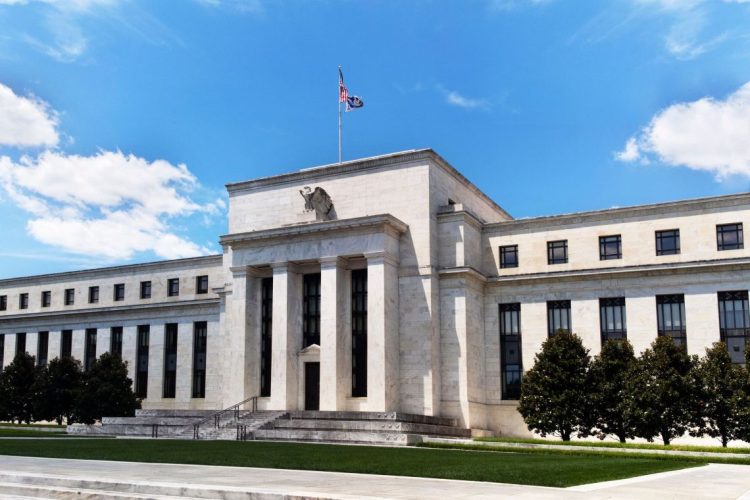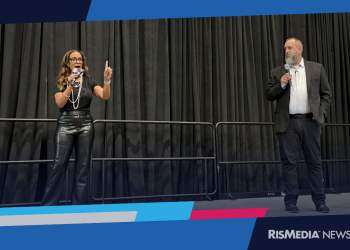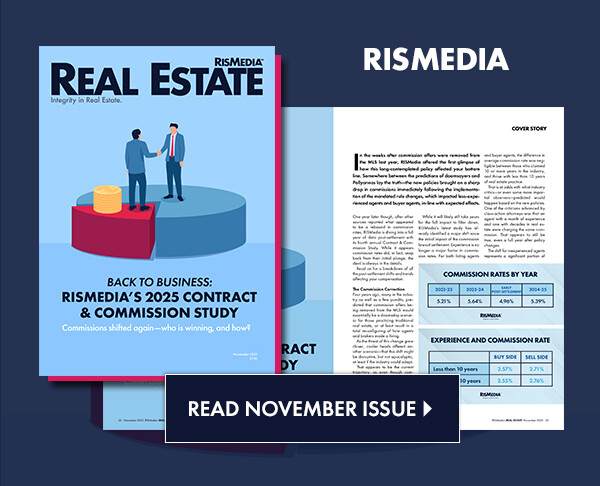The latest Federal Open Market Committee (FOMC) meeting held by the Federal Reserve (Fed) concluded with the decision to maintain the current interest rate from 4.25% to 4.5%, which went into effect July 31. The meeting minutes reveal that while unemployment remains low, and labor market conditions are solid, concerns over inflation sparked the need to maintain the current rate.
All members agreed that the economic risks remained elevated and that even when excluding effects from tariffs, inflation was close to the Committee’s objective of 2%.
Total consumer price inflation was estimated to be 2.5%, while core personal consumption expenditures (PCE) price inflation—which excludes changes in consumer energy prices and many food prices—was estimated to be around 2.7%.
“Near-term measures of inflation expectations have moved up, on balance, over the course of this year on news about tariffs, as reflected in both market-based and survey-based measures,” said Federal Reserve Chair Jerome Powell, in the press conference following the meeting. “Beyond the next year or so, however, most measures of longer-term expectations remain consistent with our 2% inflation goal.”
The staff review of the economic situation notes that the imports of goods and services sharply declined, likely reflecting the aftereffects of the front-loading of imports earlier in the year, in anticipation for future tariff hikes.
“Changes to government policies continue to evolve, and their effects on the economy remain uncertain. Higher tariffs have begun to show through more clearly to prices of some goods, but their overall effects on economic activity and inflation remain to be seen,” said Powell. “A reasonable base case is that the effects on inflation could be short lived—reflecting a one-time shift in the price level. But it is also possible that the inflationary effects could instead be more persistent, and that is a risk to be assessed and managed.”
While unemployment appears low at 4.1% in June—only down 0.1% from May—several members mentioned that the low unemployment rate reflected a combination of low hiring and low layoffs. Some even mentioned that employers are reluctant to both hire and fire employees, while others remain skeptical on how immigration policy changes will impact the labor supply in construction and agriculture industries.
In the press conference, Powell mentioned that although the labor market appears stable, job creation is slowing down along with the supply of workers.
“You’ve got a labor market that’s in balance, albeit partially because both demand and supply for workers has—is coming down at the same pace, and that’s why the unemployment rate has remained roughly, roughly stable,” he said.
By maintaining the current rate between 4.25% and 4.5%, the FOMC hopes to preserve stability and prepare for future conditions and uncertainty.
“The Fed has been assigned two goals for monetary policy—maximum employment and price—stable prices. We remain committed to supporting maximum employment, bringing inflation sustainably to our 2% goal and keeping longer-term inflation expectations well anchored,” Powell said.
The minutes conclude with members agreeing that further data would be taken into account, and that any changes to the labor market, inflation pressures and international developments could spark differing policy actions later on.
For the full meeting minutes, click here.











